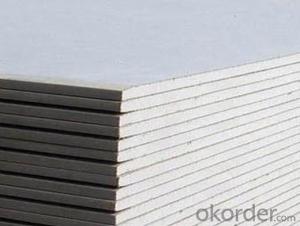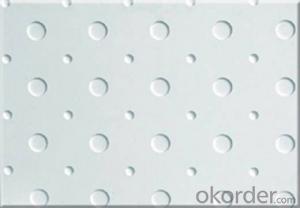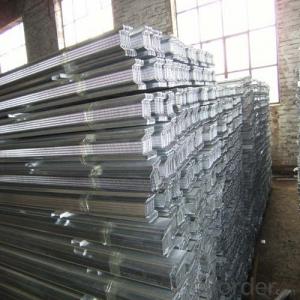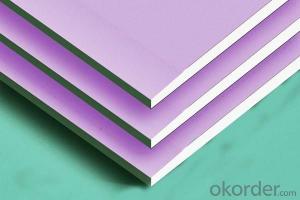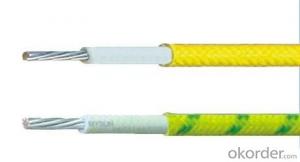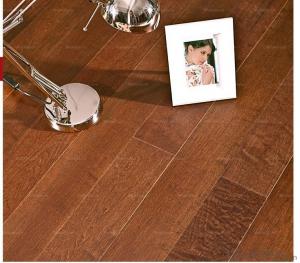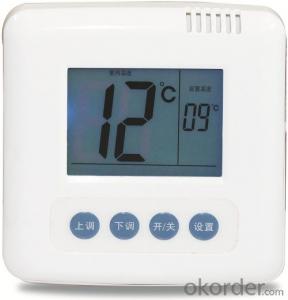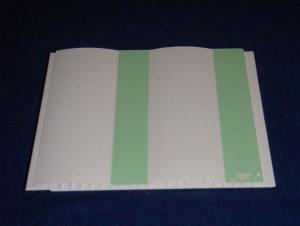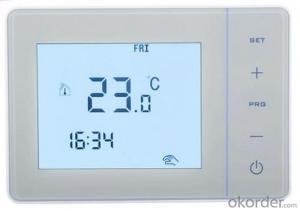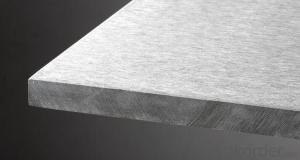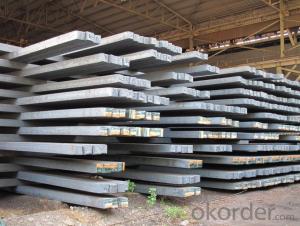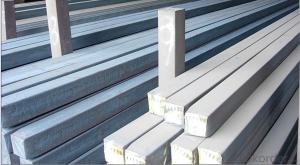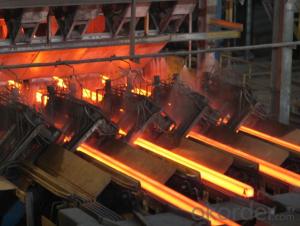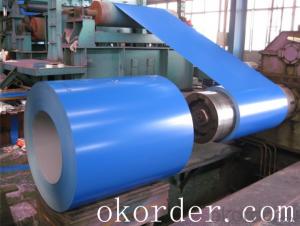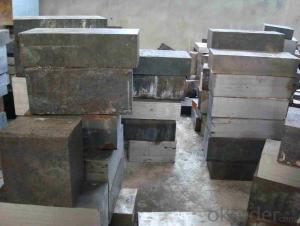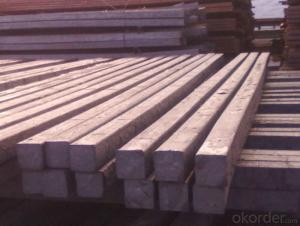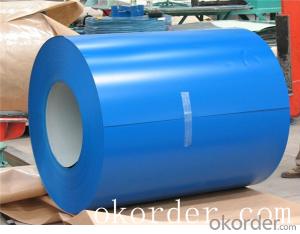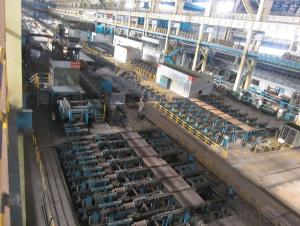Raw Material For Steel
Raw Material For Steel Related Searches
Best Inverter For Solar Panels Inverter Box For Solar Panels Inverter For Solar Panels Cost Fiberglass Panels For Roofing Foam Panels For Building Wall Lights For Bedrooms Geogrid For Retaining Wall Tar Paper For Roofing Wall Spotlight With Plug Woven Steel Mesh PanelsHot Searches
Steel Mesh Panels For Sale Price For Stainless Steel Scrap Scrap Price For Stainless Steel Price For Stainless Steel Stainless Steel Plate For Sale Stainless Steel Tank For Sale Stainless Steel Sheets For Sale Cheap High Tea Sets For Sale Stainless Steel Tanks For Sale Stainless Steel For Sale High Density Fiberboard For Sale Solar Hot Water Collectors For Sale Scaffolding For Sale In Uae Scaffolding For Sale In Ireland Scaffolding For Sale In Houston Type Of Inverter For Solar Price Of Shipping Containers For Sale Types Of Inverter For Solar Stock Price For Aluminum Steel Mesh Panels For SaleRaw Material For Steel Supplier & Manufacturer from China
Okorder.com is a professional Raw Material For Steel supplier & manufacturer, offers integrated one-stop services including real-time quoting and online cargo tracking. We are funded by CNBM Group, a Fortune 500 enterprise and the largest Raw Material For Steel firm in China.Hot Products
FAQ
- The common heat treatment processes for steel billets include annealing, quenching and tempering, normalizing, and case hardening.
- Steel billets can be subjected to various surface finish methods, each serving unique purposes and achieving distinct surface characteristics. These methods encompass: 1. Hot rolling: By passing the steel billet through heated rollers, the material is compressed and shaped, resulting in a smooth and glossy surface finish. 2. Shot blasting: This technique involves propelling small metallic or non-metallic particles at high speeds onto the steel billet's surface. It effectively eliminates scale, rust, or contaminants, leaving behind a clean and textured finish. 3. Pickling: Through immersion in an acid solution, the steel billet undergoes a chemical process that eliminates oxide scale and surface impurities. This method provides a smooth and corrosion-resistant surface finish. 4. Grinding: By employing abrasive wheels or belts, material is removed from the steel billet's surface. This process enables the attainment of a precise and smooth finish suitable for various applications. 5. Polishing: Utilizing abrasive materials, imperfections or roughness are eliminated from the steel billet's surface through mechanical polishing. This method yields a high-gloss, mirror-like finish. 6. Cold rolling: Similar to hot rolling, cold rolling entails passing the steel billet through rollers. However, the billet remains unheated during this process, resulting in a smoother and more precise surface finish. 7. Coating: This surface finish method involves applying a protective layer or coating onto the steel billet. It can encompass paints, varnishes, or specialized coatings aimed at enhancing the steel billet's appearance, durability, or corrosion resistance. Each of these surface finish methods possesses distinct advantages and is selected based on the desired application, aesthetics, and functional requirements of the steel billet.
- Steel billets are an essential component in the production of automotive exhaust systems. These billets, which are solid blocks of steel, serve as the raw material for various parts and components of the exhaust system. The first step in using steel billets is to heat them in a furnace to a specific temperature in order to soften the steel and make it malleable. Once heated, the billets are then shaped and formed into different parts of the exhaust system, such as pipes, mufflers, and catalytic converters. This shaping process can be done through hot rolling, cold rolling, or extrusion, depending on the desired shape and properties of the component. After shaping, the steel billets are further processed to enhance their strength and durability. This can involve heat treatment processes like quenching and tempering, which improve the steel's hardness, toughness, and resistance to corrosion. These treatments ensure that the exhaust system components can withstand the harsh conditions they will be exposed to, such as high temperatures and corrosive gases. Once the steel billets have been shaped and treated, they are then assembled and welded together to form the final exhaust system. This involves joining the various components, such as pipes and mufflers, through welding techniques like arc welding or laser welding. These welding processes ensure that the components are securely connected, preventing any leaks or failures in the exhaust system. Overall, steel billets play a crucial role in the production of automotive exhaust systems by providing the necessary raw material for shaping and forming the various components. Their strength, durability, and resistance to high temperatures and corrosion make them an ideal choice for manufacturing exhaust systems that can withstand the demanding conditions of automotive use.
- Some of the different welding techniques used for steel billets include shielded metal arc welding (SMAW), gas metal arc welding (GMAW), flux-cored arc welding (FCAW), submerged arc welding (SAW), and laser welding. Each technique has its own advantages and is chosen based on factors such as the thickness of the billet, desired weld quality, and production requirements.
- There are several different types of steel billet welding processes that are commonly used in various industries. These processes include: 1. Shielded Metal Arc Welding (SMAW): Also known as stick welding, SMAW involves a flux-coated electrode that is manually fed into the welding pool. It is a versatile and widely used process for welding steel billets. 2. Gas Metal Arc Welding (GMAW): This process, commonly known as MIG welding, uses a continuously fed wire electrode and a shielding gas to protect the weld pool. It is a popular method for welding steel billets due to its efficiency and ease of use. 3. Flux-Cored Arc Welding (FCAW): FCAW is similar to GMAW, but it uses a tubular electrode filled with flux instead of a solid wire. This process is often preferred for outdoor or windy conditions as the flux provides better protection against atmospheric contamination. 4. Submerged Arc Welding (SAW): SAW involves feeding a consumable electrode and a granular flux into the weld zone, while the arc remains submerged beneath a layer of flux. It is commonly used for welding large steel billets due to its high deposition rates and deep penetration capabilities. 5. Gas Tungsten Arc Welding (GTAW): Also known as TIG welding, GTAW uses a non-consumable tungsten electrode and a shielding gas to protect the weld pool. It is a precise and high-quality welding process suitable for thin steel billets or applications that require exceptional weld aesthetics. 6. Electroslag Welding (ESW): ESW is a highly efficient process used for welding thick steel billets. It involves melting a consumable electrode and the base metal in a molten slag pool, which provides protection and acts as a filler material. 7. Laser Beam Welding (LBW): LBW utilizes a high-energy laser beam to melt and join steel billets together. It is a precise and fast welding process commonly used in industries such as automotive and aerospace. Each of these welding processes has its own advantages and limitations, and the choice of process depends on factors such as the type and thickness of the steel billet, desired weld quality, production requirements, and cost considerations.
- Steel billets, which are essentially semi-finished steel products, play a significant role in enhancing the overall aesthetics of a structure. While their primary purpose is to provide strength and support, their visual appeal should not be underestimated. First and foremost, steel billets are responsible for the creation of various architectural elements, such as columns, beams, and decorative features. These elements not only serve structural purposes but also contribute to the overall aesthetics of the building. The clean lines and sleek appearance of steel billets can give a modern and contemporary feel to the structure, adding a touch of sophistication and elegance. Moreover, steel billets can be manipulated and shaped into intricate designs and patterns, making them highly versatile in terms of aesthetics. Whether it is a grand entrance gate, a unique staircase railing, or an ornate decorative panel, steel billets can be molded and fabricated to create visually appealing and eye-catching features that enhance the overall charm of the structure. Furthermore, steel billets can be finished with various coatings, such as paint, powder coating, or galvanization, which not only provide protection against corrosion but also contribute to the aesthetic appeal. These finishes allow for customization, as they can be chosen to complement the overall design and color scheme of the structure, creating a cohesive and visually pleasing look. In addition, steel billets can be used in combination with other materials, such as glass or wood, to create stunning architectural features. The contrast between the strength and rigidity of steel and the transparency or warmth of other materials can create a visually striking effect, adding depth and interest to the structure's design. Lastly, steel billets offer a sense of durability and timelessness to the structure. The inherent strength and resilience of steel give the impression of solidity and longevity, which are essential factors in creating an aesthetically pleasing building. The sleek and modern appearance of steel billets can also evoke a sense of progress and innovation, enhancing the overall aesthetic appeal of the structure. In conclusion, steel billets contribute to the overall aesthetics of a structure by providing structural support, allowing for intricate designs, offering customization options, creating contrasts with other materials, and conveying a sense of durability and timelessness. Their visual appeal, along with their strength and versatility, makes steel billets an essential component in creating an aesthetically appealing and architecturally pleasing structure.
- Yes, steel billets can be used in the production of sculptures and artwork. Steel's strength and durability make it a popular choice for creating large outdoor sculptures or intricate metal artwork. The material can be shaped, welded, and manipulated to bring artistic visions to life, offering artists a versatile medium to express their creativity.
- The chemical composition of steel billets typically consists of iron as the primary element, along with varying amounts of carbon, manganese, silicon, sulfur, and phosphorus. The exact composition may vary depending on the specific grade and intended use of the steel billets. Carbon is usually present in small amounts, typically ranging from 0.02% to 0.5%, as it helps to increase the strength and hardness of the steel. Manganese is often added to improve the toughness and hardenability of the steel, while silicon helps in deoxidizing the metal and enhancing its strength. Sulfur and phosphorus are impurities that are typically kept at low levels, as they can negatively affect the mechanical properties of the steel. Additionally, small amounts of other elements such as chromium, nickel, and molybdenum may be added to enhance specific properties of the steel, such as corrosion resistance or high-temperature strength.


